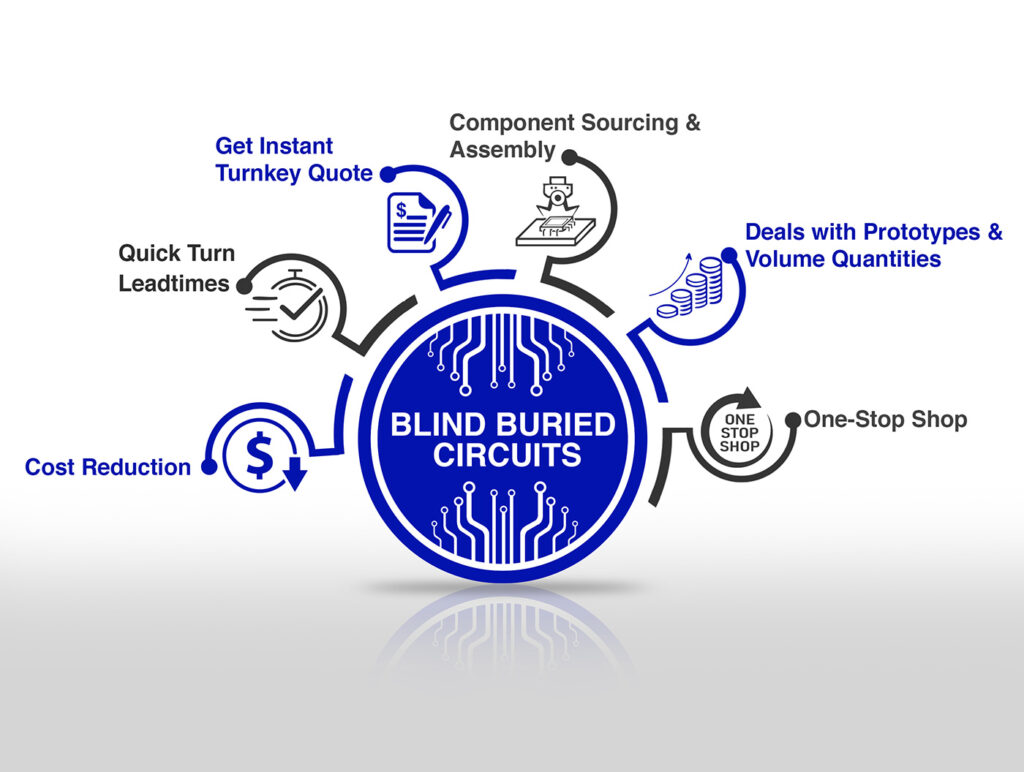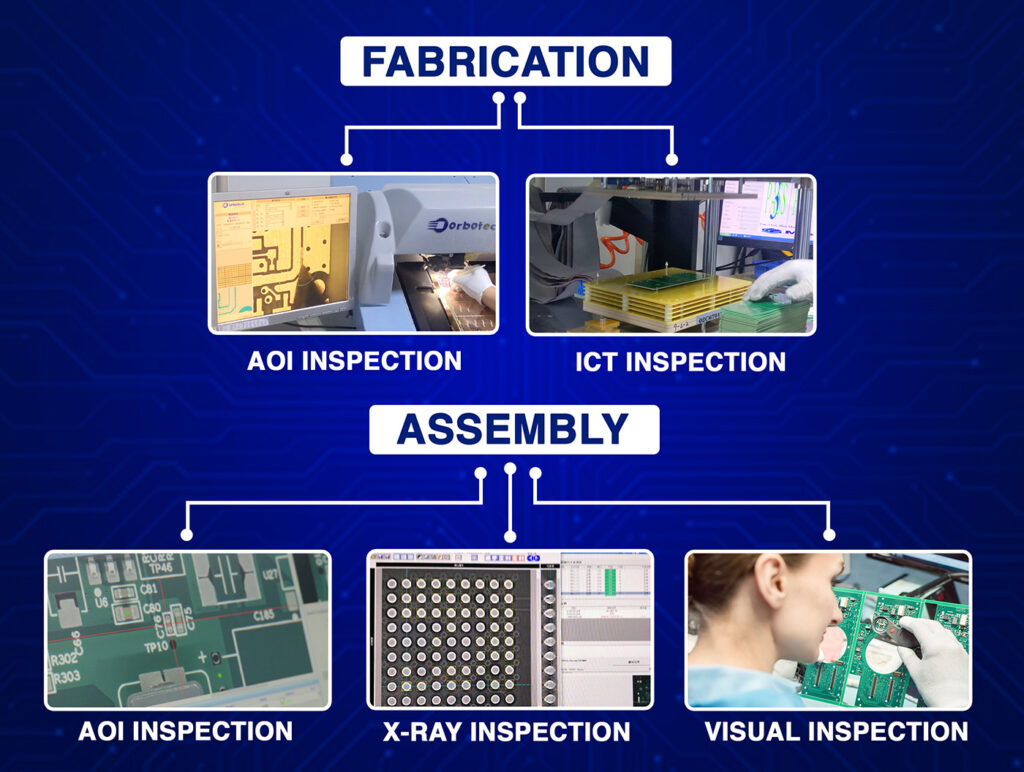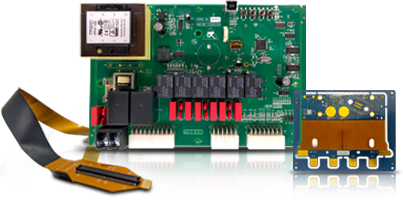Medical technology is growing fast. Behind every smart healthcare tool is a strong electronic heart, the printed circuit board (PCB). As the demand for better health devices increases, the need for quality medical PCB assembly also rises. If you’re designing, building, or sourcing for medical devices, this guide will help you understand what’s happening in the medical device PCB market and how you can keep up.
Let’s take a closer look at why this market is booming, what trends are shaping it, and how PCB assembly services play a significant role.
Why the Medical Device PCB Market Is Growing
Healthcare around the world is changing. People live longer. Patients want care at home. Hospitals want tools that work faster and cost less. All these things are pushing medical device makers to improve their products.
Here are a few big reasons why the medical device PCB market is growing so quickly:
- Aging population: Older adults need more medical care. Devices like monitors and mobility tools are in high demand.
- Remote healthcare: More people use health devices at home. This includes wearable heart monitors, smart thermometers, and portable oxygen machines.
- Faster tech upgrades: Just like phones and computers, medical tools are becoming smarter. That means more advanced medical device PCB design.
- COVID-19 lessons: The pandemic taught the world to prepare better. Hospitals now want reliable tools that are ready anytime.
With more demand for new, compact, and smart devices, the need for fast PCB manufacturing and expert PCB assembly services is stronger than ever.
Common Medical Devices That Use PCBs
Almost every modern medical device uses a PCB. Here are just a few examples:
- Diagnostic tools: MRI machines, blood analyzers, and ultrasound scanners all rely on accurate PCBs.
- Patient monitors: Heart rate monitors, oxygen sensors, and wearable blood pressure cuffs.
- Surgical tools: Robotic arms and precision lasers often contain custom-designed boards.
- Implantable devices: Pacemakers and cochlear implants need tiny, long-lasting boards.
Each of these tools needs a unique design. That’s why custom PCB design for medical devices is key to success.
What Makes Medical PCBs Different?
Not all PCBs are made the same. Medical PCBs must be safe, clean, and strong. A simple mistake in a regular product might not matter. But a mistake in a heart monitor could be dangerous.
Here’s what sets medical PCBs apart:
1. High Quality and Reliability
Medical devices must work all the time, not just most of the time. That’s why medical PCBs must meet strict quality standards.
2. Smaller Size, More Power
Medical tools are often small and portable. That means the boards inside must be compact but still do a lot.
3. Custom Design
No two devices are exactly alike. That’s why custom PCB design for medical devices is so important. Engineers must plan every wire and part to fit just right.
4. Special Materials
Some boards need flexible materials. Others need to handle heat, chemicals, or moisture. This makes medical device PCB design more complex than general electronics.
Key Trends in the Medical Device Market
Let’s explore some trends you should watch as the market grows.
1. Portable and Wearable Devices
People want tools they can use at home or while moving. Devices like wearable ECG monitors and glucose sensors are becoming common.
These devices rely on fast PCB manufacturing to keep up with demand. They also need lightweight, power-saving designs.
2. Flexible PCBs
Some medical tools need boards that bend. Flexible PCBs are now used in wearables, hearing aids, and surgical tools. They fit into odd-shaped cases and move with the body.
3. IoT in Healthcare
More devices are now “connected.” This means they send data to apps or hospitals in real-time. These tools need advanced PCB assembly services to build secure, connected hardware.
4. Faster Prototypes and Production
Speed matters. Developers need to test units quickly. That’s why many companies now partner with a PCB manufacturing company that can deliver fast turnarounds.
If you’re bringing a device to market, fast PCB manufacturing helps you stay ahead.
What to Look for in a PCB Manufacturing Company
Picking the right partner for your PCBs is a big deal. Here’s what to look for:
- Medical experience: The company should understand what your device needs.
- Quality systems: Look for ISO 13485 and IPC Class III certifications.
- Speed: Can they do fast turnarounds for prototypes?
- Cleanroom assembly: Important for boards that go into sterile tools.
- Testing services: Your boards must be checked before you use them.
- Design support: It helps if they offer layout and custom PCB design for medical devices.
A great PCB manufacturing company will not just build your board. They’ll help you avoid mistakes, speed up design, and reduce costs.
Design Tips for Medical Device PCBs
If you’re handling medical device PCB design, here are a few things to remember:
- Use proven parts: Avoid rare or hard-to-find parts.
- Keep the layout clean: Use clear traces and spacing to reduce errors.
- Plan for tests: Add test points and labels.
- Use proper materials: Match the board’s material to the device’s needs (heat, moisture, or movement).
- Check for heat and EMI: Medical boards must be cool and stable.
Every design step matters. When you design with care, medical PCB assembly becomes easier, and your product works better.
How PCB Assembly Services Speed Up Medical Innovation
Making the board is only one part of the process. You also need skilled PCB assembly services to put all the parts together the right way.
Good assembly services can:
- Place small components with accuracy
- Solder with high quality
- Run checks like X-ray, AOI, and functional testing
- Package and ship boards ready for final device assembly
This saves your team time and reduces delays.
If you’re launching a new device or upgrading an old one, a smart assembly partner helps you stay on track.
What the Future Looks Like
The medical device PCB market is still growing. Experts say it will keep rising for the next 10 years. Here’s what we might see:
- More devices for home health monitoring
- Advanced imaging and robotic surgery tools
- Real-time remote care using connected devices
- Smaller implantable devices with smarter boards
To meet this demand, the world needs faster, safer, and more custom PCBs. That means more work for every PCB manufacturing company and more need for excellent PCB assembly services.
Final Thoughts
Medical devices save lives. But they only work when the PCBs inside are well-designed, carefully made, and tested. As demand rises, companies need to rely on trusted partners for fast PCB manufacturing, custom PCB design for medical devices, and solid assembly support.
Whether you’re in design, supply chain, or engineering, understanding the trends in medical PCB assembly will help you stay prepared. The next time you touch a health device, whether it’s a smartwatch or a heart monitor, remember the tiny board inside doing all the hard work. It may be small, but its impact is enormous.





